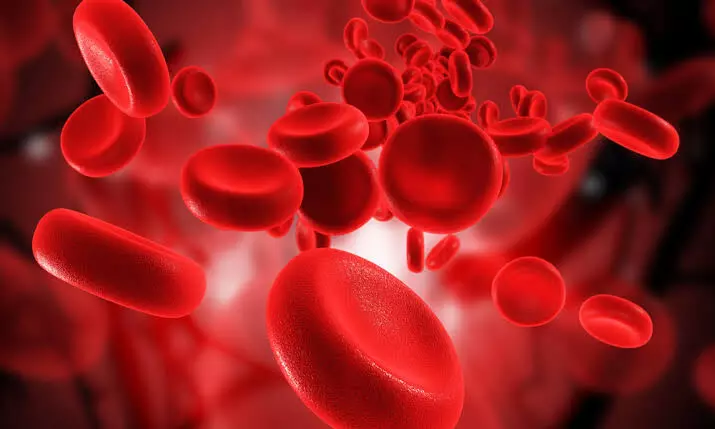Expert panel recommends early blood test, digital screening for Anemia Mukt Bharat
According to the National Family Health Survey-5, 31% of adolescent boys and 59% of adolescent girls in the country are anemic. Also, 67% of children under the age of five are anaemic.
By Sulogna Mehta
Hyderabad: Early screening and using digital hemoglobinometers to shorten the waiting time for blood tests could help minimise anaemia in youngsters, stated a panel consisting of representatives from AIIMS Delhi and other paediatric medical organisations. The committee's recommendations to the Centre are intended to be implemented in order to carry out the Anemia Mukt Bharat initiative (AMB).
According to the National Family Health Survey-5, 31% of adolescent boys and 59% of adolescent girls in the country are anemic. Also, 67% of children under the age of five are anaemic.
Anaemia in Andhra Pradesh, Telangana
As per NFHS-5 (2019-2020) data, the anaemia scenario in Andhra Pradesh and Telangana is not encouraging. In AP, around 63.2% children aged between 6 and 59 months are anaemic while 59% of non-pregnant women aged 15 to 49 years are anaemic and 53.7% pregnant women of the same age group suffer from anaemia. The total percent of anaemic women is 58.8%. Among men between the ages 15–49 years, anaemia is found in 16.2%.
As for Telangana, 70% of children aged between 6 and 59 months are anaemic, which is higher than the national average of 67%. Also, 57.8% non-pregnant women and 53.2% pregnant women are anaemic in the state. The total percent of anaemic women is 57.6%. Among men, ages 15–49 years, 15.3% are anaemic.
Digital hemoglobinometer for faster detection
Dr. Sanjay Rai, professor Centre for Community Medicine, AIIMS, said till now, Anganwadi personnel visited homes or schools where haemoglobin was measured using a blood collection technique in which the report takes time to appear. However, using a digital hemoglobinometer makes the findings instantly available, saving time and allowing for the coverage of more children. The youngster will only need to place their finger on the device for it to identify their anaemia status.
The committee has recommended that screening for AMB should begin when children are aged less than five years or enrolled in preschool. As of now, AMB only allows for adolescent anaemia screening. Children with anaemia begin to show symptoms at six months. Early detection is critical for faster recovery.
Other suggestions made by the panel include a special focus on children attending private schools and children who are not in school and an increased emphasis on dietary strategies for reducing childhood anaemia. The group also recommended making all medical facilities 'child-friendly' at hospitals and contemplating anaemia screenings for everyone entering a medical facility. The panel suggested expanding the school lunch programme from elementary and middle schools to high schools, colleges, and private schools.
The panel has outlined 10 action plans for reducing anaemia in the nation. Additionally, supporting it is the Indian Association for Adolescent Health, Indian Public Health Association, Indian Academy of Paediatrics, and Unicef, India.
Pointers:
· Early screening and using digital hemoglobinometers to shorten the waiting time for blood tests could help minimise anaemia in youngsters, says AIIMS panel.
· An action plan is being drawn for an Anemia Mukt Bharat initiative (AMB).
· According to the National Family Health Survey-5 (NFHS-5), 31% of adolescent boys and 59% of adolescent girls in the country are anemic, while 67% of children under the age of five are anaemic.
· In Andhra Pradesh, around 63.2% of children aged between 6–59 months are anaemic.
· In Telangana, 70% of children aged between 6–59 months are anaemic, which is higher than the national average of 67%.